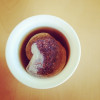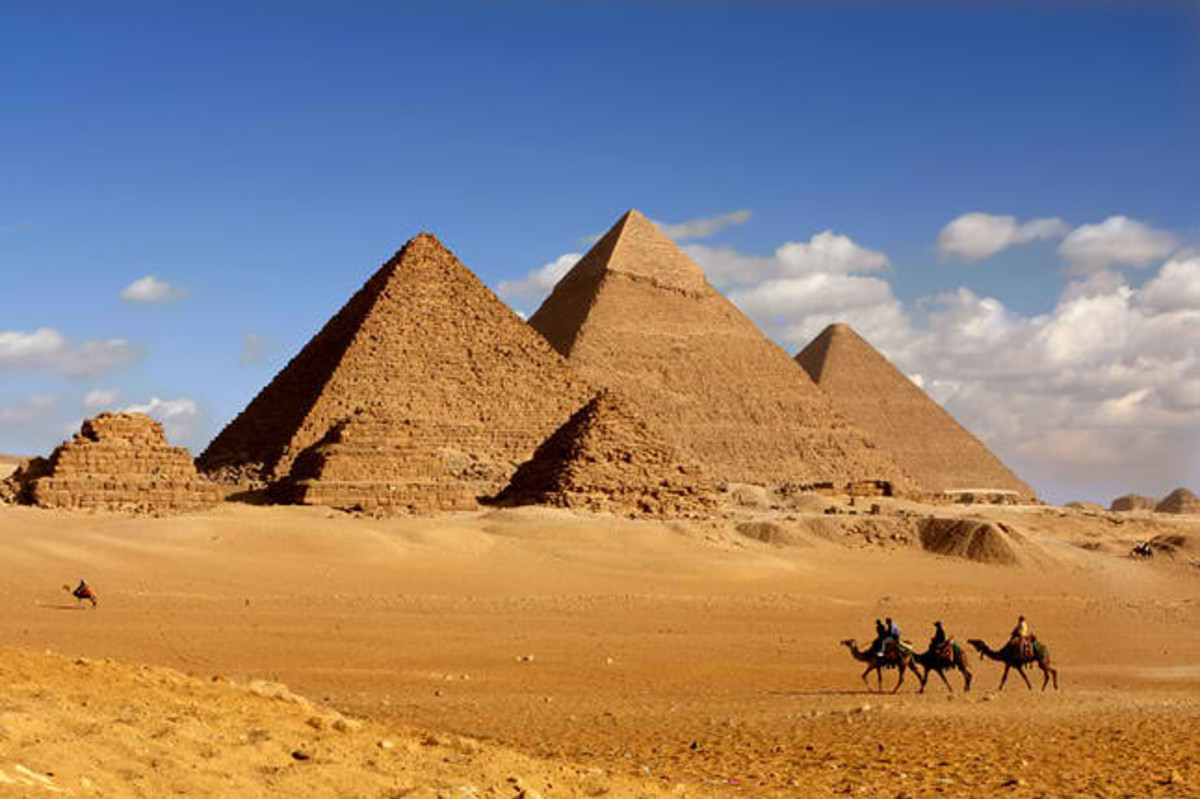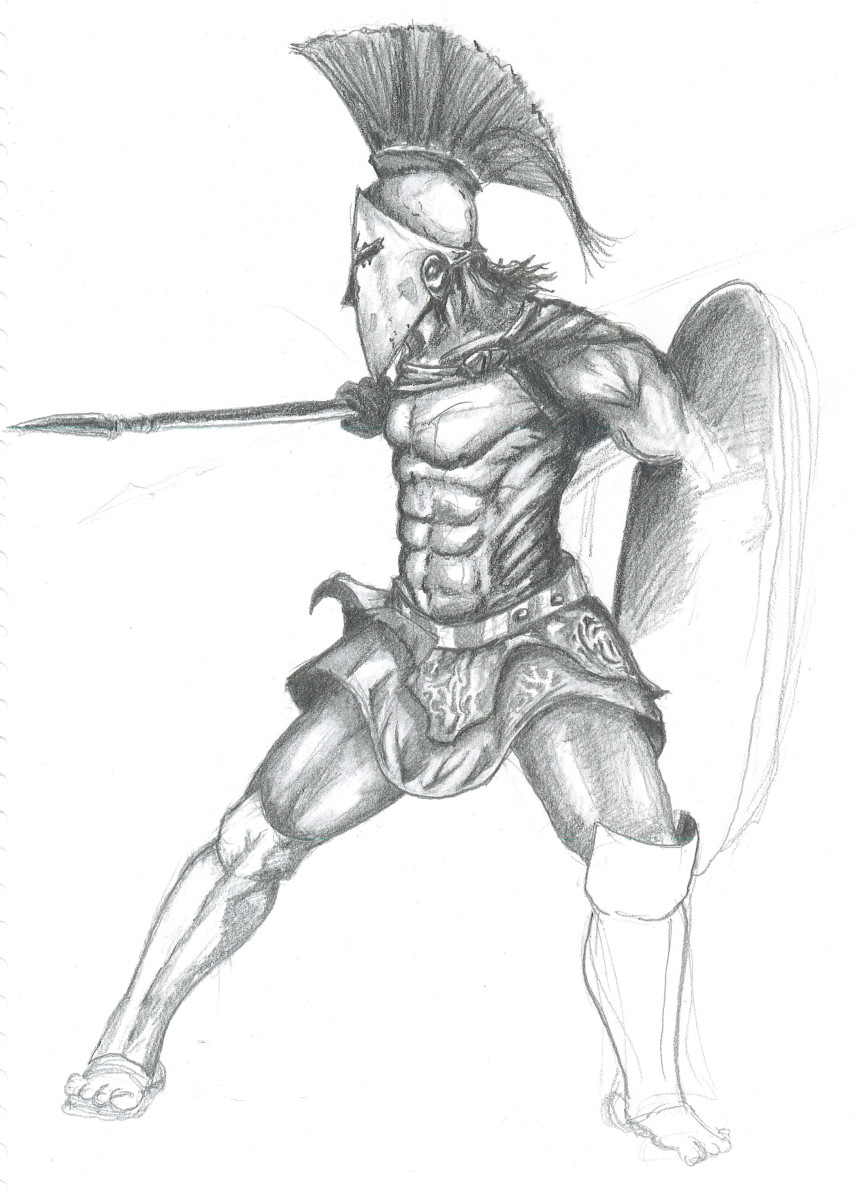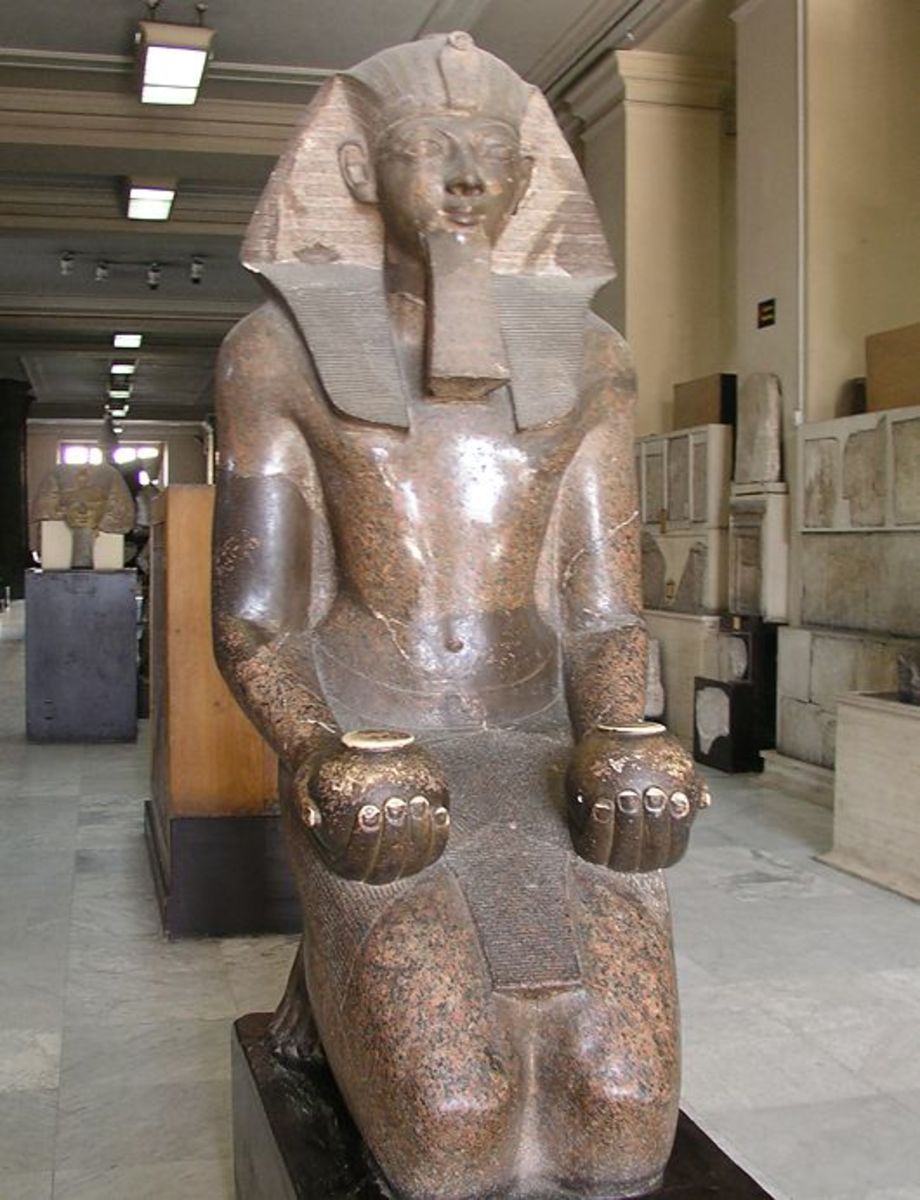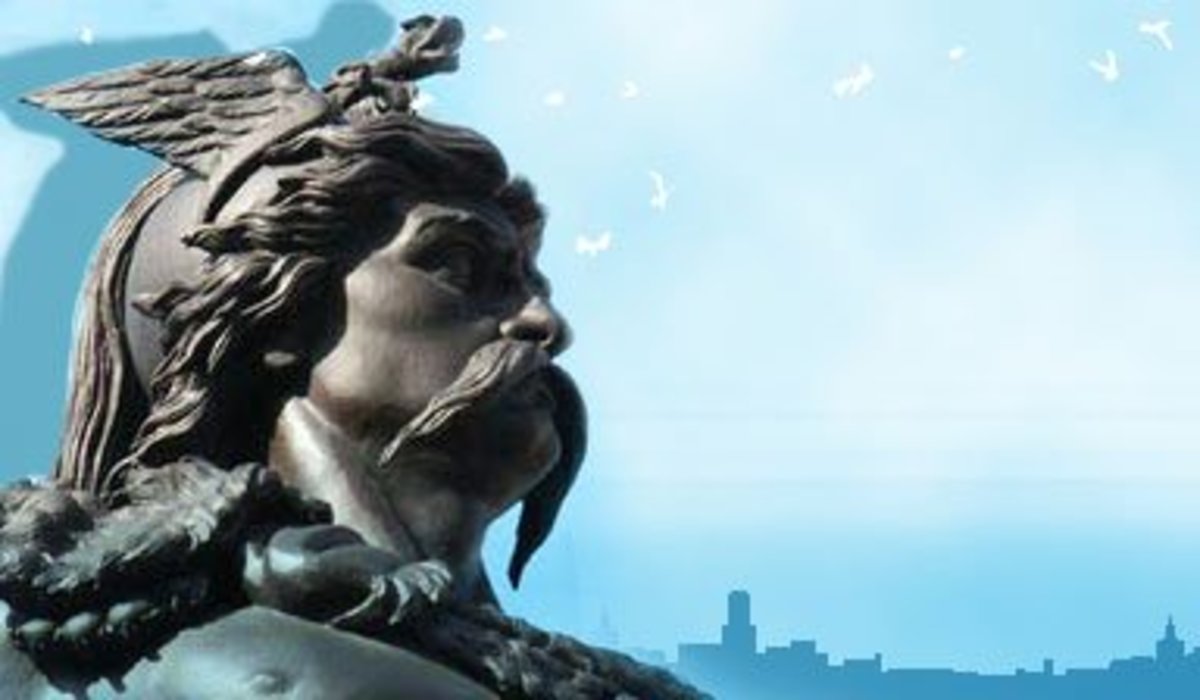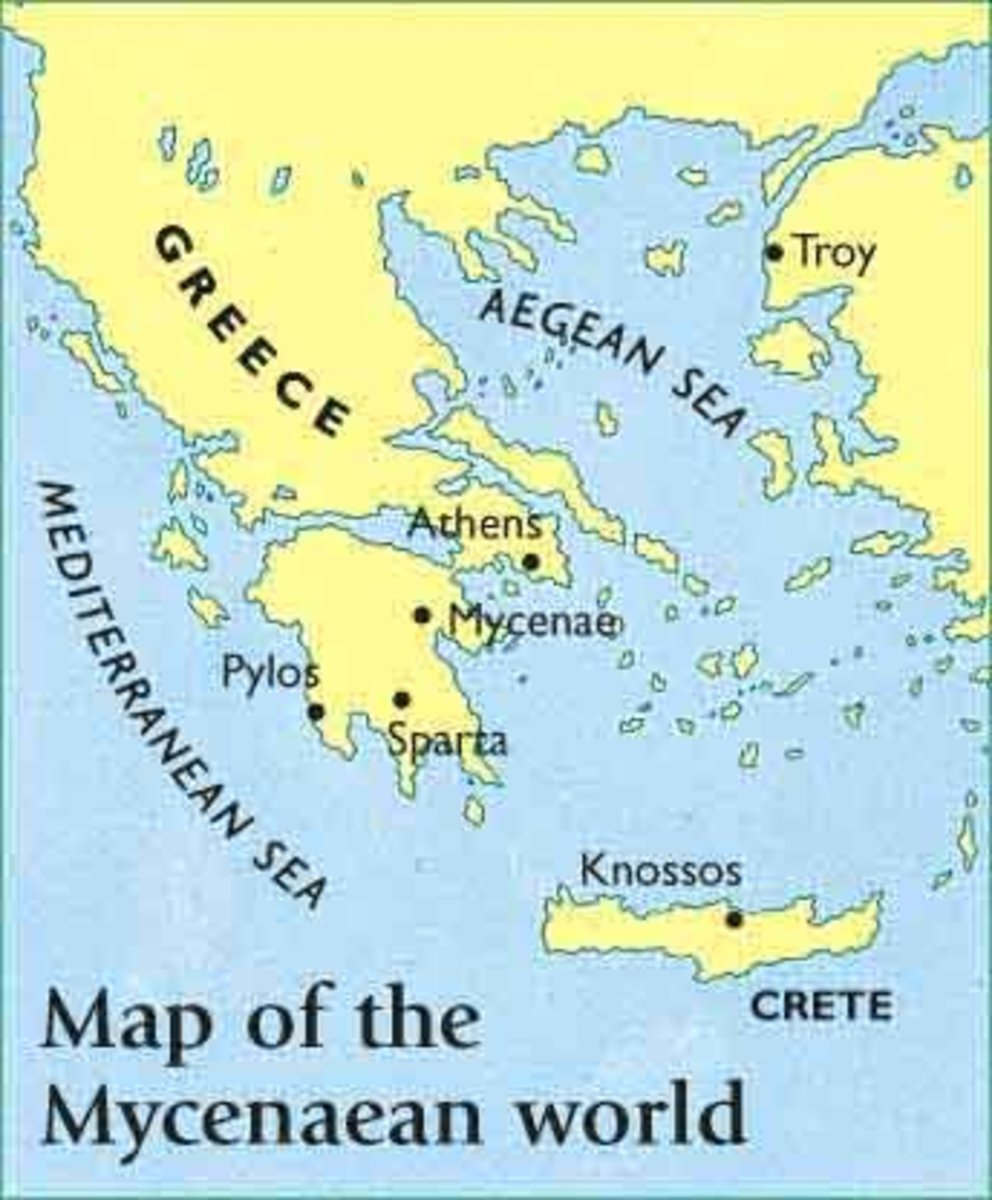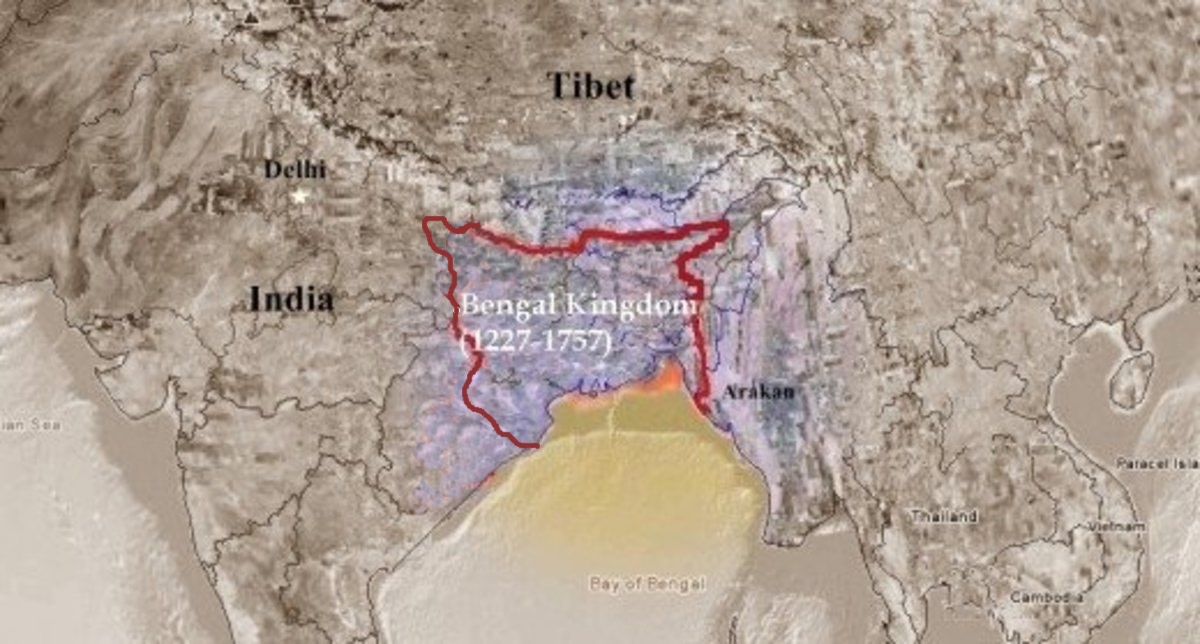Mount Nemrut in Turkey
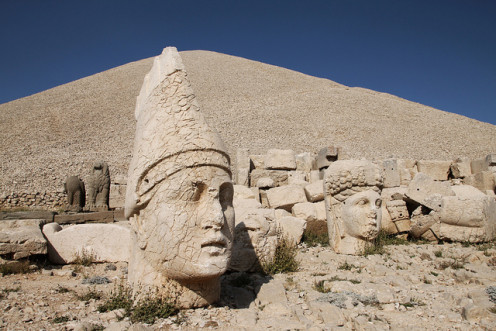
People come to Turkey for its sea, its ancient ruins, its religious places, its cuisine and its rich culture. And it is not a surprise, for the country is an amazing place, and the visit there is an impressive experience. Although, aside of those things, there is one place which is lesser known than all of the other usual sites above, but that does not make it any less special or intriguing.
Mount Nemrut (also called Mount Nemrud) is located on one of the highest peaks of the Eastern Taurus mountain range, not far from the city of Adıyaman, in southeastern Turkey. Most of the touristic guides and tours come from this city and up to the great mountain and the ancient statues which still fascinate people even today.
Originally it was built as a tomb for the fourth king of Commagene, Antiochus I Theos. Commagene was a small Armenian kingdom that broke away from the Seleucid Empire in 162 BCE to form its own independent state, and King Antiochus I is arguably its most famous king. He claimed to be descended from both Alexander the Great of Macedonia and Darius the Great of Persia—a pretty fantastic claim at best, but it is a fact that he had both Greek and Persian heritage in his family tree. Whether or not he was really related to two of the most famous kings in the ancient world is debatable (it is the ancient world, after all, and kings saying they were related to great figures in the past aren’t uncommon) but he used this to his advantage, saying that he had a special relationship with the gods because of his celebrated ancestry. In fact he wanted people to worship him as a god while he was still alive, and his title is “the God King.”
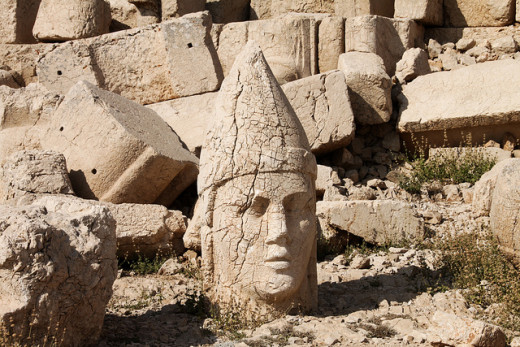
Not only was the construction on Mount Nemrut mean to be his final resting place, but also a temple where people could come and pray to him and hold extravagant festivals every year after his death. Antiochus said that the site must be in a very high place, close to the heavens and therefore close to the gods so no one would forget his kinship with them, and so that everyone could see it and remember him by. He instituted a royal cult during his lifetime that was based off of Zoroastrianism to enjoy being worshipped before and after death. The place he built for himself functions as both tomb and temple, a funerary mound of stone chips in one area while a stone altar resides in another part of the site.
Another strange mix inside the great ruins is the Greek and Persian gods, a deliberate combination of western and eastern meant to reinforce Antiochus’s great lineage. He called it a hierotheseion, which means “temple-tomb and house of the gods” in Greek. Such places are almost nonexistent, making Mount Nemrut even more unique among structures of the ancient world. There are rows of the deities facing outwards on the western and eastern sides of the site, five seated figures each, flanked by a lion and eagle on each end. The size of the statues are quite large, the tallest of them being 30 feet. The statues are carved with Greek-style faces, but wear traditional Persian clothing. They have been identified as deities such as Zeus and Apollo and Ares, but merged with their Persian counterparts, like Oromasdes and Mithras.
Unfortunately the seated bodies are now headless, their heads lying further down the mountain at their feet, looking like a burial ground for garden gnomes. Not even the animals’ heads were spared. This was more than likely deliberate, since destroying ancient statues and remnants of other religions have been around for as long as religion itself.
Interestingly, one of the oldest depictions of a handshake—known as dexiosis—is present here, too. Along the western terrace there is an additional row where a stone slab depicts Antiochus shaking hands with a god commonly identified as Hercules, cementing the divine status of Antiochus and the significance of Nemrut. Another slab shows a lion, along with an illustration of stars and the planets Mars, Mercury, and Jupiter as they were on 7 July 62 BCE, which historians believe is an indication of when the construction of Nemrut began.
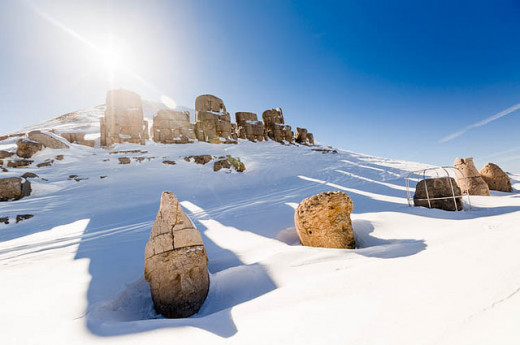
The God King wanted his reign and divinity to be celebrated forever, and thus made holidays out of his birthday and the day he was coroneted—with a twist, though. Usually such days are celebrated only once a year, the day they happened, but Antiochus wanted them to celebrated every month! His birthday was to be celebrated on the 16th of each month and his coronation just a few days earlier, on the 10th of every month. A testament to his own inflated ego, although on the bright side he definitely didn’t have any self-esteem issues.
Even though Commagene was a powerful ally of the Roman Empire during this time and Antiochus was never said to be a terrible king, his cult quickly decreased in popularity after his death, and his magnificent tomb forgotten about for hundreds of years. There is no doubt that the king is buried here, but interestingly enough no one has found his exact burial site yet. Not out of lack of trying, but all attempts have turned up unsuccessful before archaeologists stopped trying altogether. So there lies another mystery among the ruins, a mysterious religion along with its central figure, whose last resting place is unknown. Who knows, perhaps when you walk there you could be walking over the great God King himself without ever knowing about it.
